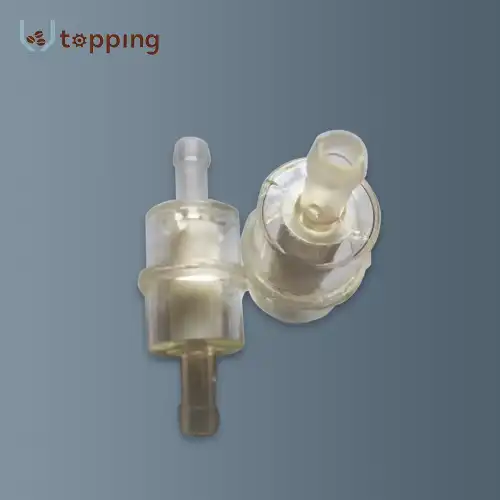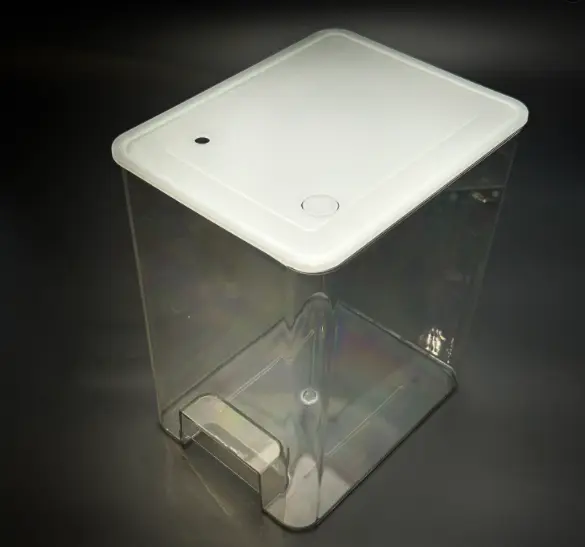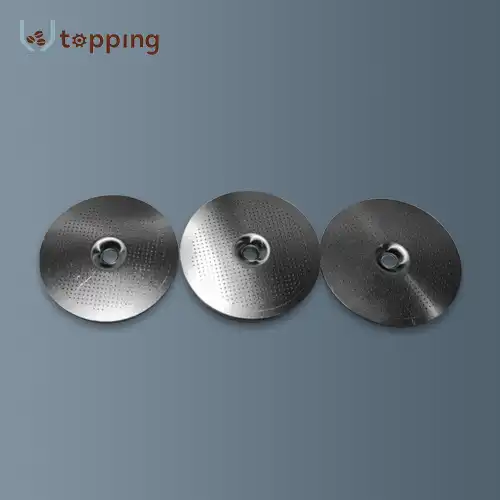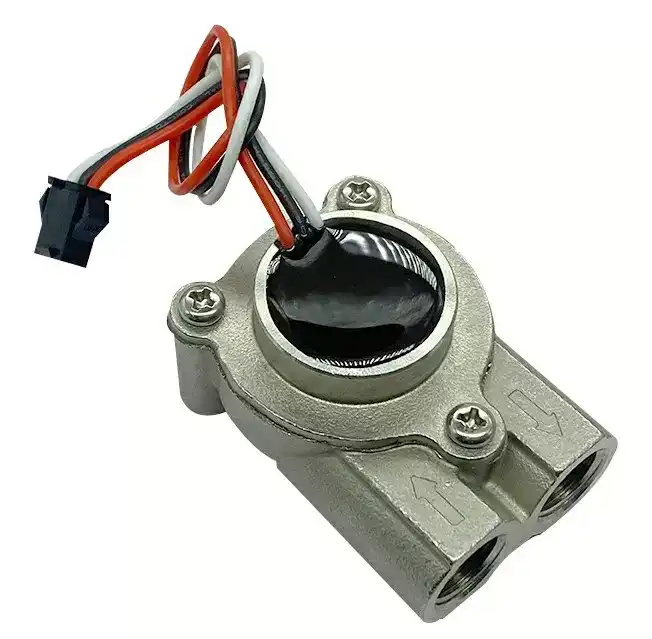How do you clean a coffee sieve?
2024-09-02 17:07:48
Numerous coffee enthusiasts need a coffee sieve, also known as a coffee filter or strainer. It helps separate the coffee grounds from the liquid, making the coffee smoother and more enjoyable. This article will show you how to effectively clean your product so that it stays in top condition for many more delicious cups.
Regular Cleaning (After Each Use)
Cleaning your coffee sieve after each use is vital to prevent the buildup of coffee oils and residue, which can affect the taste of your coffee and harbor bacteria. The process is simple and should become a part of your coffee-making routine:
- After the brewing process, the unused coffee grounds should be disposed of. They can be composted or utilized as natural garden fertilizer.
Under warm running water, completely flush the espresso strainer. This helps get rid of any remaining particles and oils from the coffee.
Use a soft sponge or cloth to gently wipe the coffee sieve, paying particular attention to the mesh or perforated areas where grounds may become stuck.
To ensure that no soap remains, repeat the rinse. - Shake off excess water and leave the coffee sieve to air dry completely before storing or using it again.
Regular cleaning prevents the accumulation of coffee oils and residue, which can lead to off-flavors in your coffee and potentially support the growth of mold or bacteria. It's a quick and easy process that will help maintain the quality of your coffee and the longevity of your sieve.
Deep Cleaning (Periodic)
While daily cleaning is essential, your coffee sieve will benefit from a deep clean every few weeks or months, depending on how frequently you use it. Deep cleaning helps remove stubborn stains, mineral deposits, and any lingering coffee oils that regular cleaning might miss. Here's how to do it:
- By combining equal parts of warm water and white vinegar, you can make a cleaning solution. A paste can be made by combining a small amount of baking soda and the stain.
- Place the sieve in the solution and allow it to soak for approximately 15 to 30 minutes. This aids in releasing any accumulated residue.
- Use a soft brush, like an old toothbrush, to gently scrub the coffee sieve after it has been soaked, paying special attention to the mesh or perforations.
- To thoroughly rinse the coffee sieve of the cleaning solution, use warm water.
- A commercial descaling solution made for coffee equipment can be used for stains or mineral deposits that are particularly difficult to remove. When using these products, always follow the manufacturer's instructions.
- After cleaning, rinse the coffee sieve multiple times to ensure no cleaning agents remain.
- Allow the coffee sieve to air dry completely before storing or using it again.
Deep cleaning helps remove built-up residue that can affect the taste of your coffee and ensures your sieve remains hygienic and efficient.
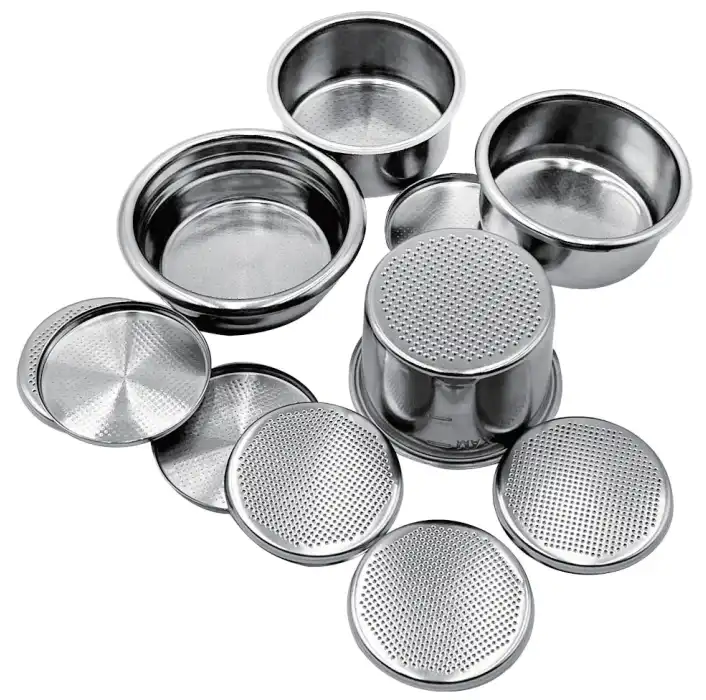
Tips for Specific Types of Sieves
Different materials require different care. Here are some tips for specific types of it:
Metal Sieves
Metal sieves, particularly those made of stainless steel, are durable and easy to clean. However, they require some special care:
- Ensure you thoroughly dry metal sieves to prevent rust. After washing, shake off excess water and leave to air dry completely before storing.
- Avoid using abrasive materials that might scratch the surface. Scratches can harbor bacteria and affect the sieve's performance.
- For stainless steel coffee sieves, you can use a mixture of baking soda and water to create a paste for removing stubborn stains. Apply the paste, let it sit for a few minutes, then rinse thoroughly.
- If you notice any signs of rust, clean the affected area immediately with a mixture of lemon juice and salt, then rinse and dry thoroughly.
Plastic Sieves
Plastic sieves are lightweight and affordable, but they require careful handling:
- Use with caution when using high temperatures and potent cleaners that could harm plastic sieves. Use lukewarm water and avoid harsh chemicals when cleaning.
- Abrasive scrubbers should not be used to clean plastic sieves because they might scratch the surface, which would make it easier for bacteria to grow.
- Place your dishwasher-safe plastic coffee sieve on the top rack away from the heating element to prevent warping.
- Make a paste out of baking soda and water to remove coffee stains from plastic sieves. Apply it to the stained areas, allow it to dry, and then thoroughly rinse.
- Plastic sieves should not be left in direct sunlight for too long because doing so could eventually cause the plastic to break down.
Coffee Sieve Manufacturers
When choosing a coffee sieve, the material and quality of construction are crucial factors to consider. Stainless steel is a popular choice due to its durability, resistance to corrosion, and ease of cleaning. One manufacturer that specializes in stainless steel products is Topping Motor.
Topping Motor produces it made from high-quality stainless steel. Stainless steel is an excellent choice for it because it doesn't react with coffee oils, is easy to clean, and can withstand high temperatures. It's also resistant to rust and corrosion, making it a long-lasting option for your coffee brewing needs.
When selecting a coffee sieve manufacturer, consider factors such as the quality of materials used, the precision of the mesh or perforations, and the overall design and durability of the sieve. Customer reviews and professional recommendations can also be helpful in making your decision.
If you're in the market for a product and are considering Topping Motor as your manufacturer, you can contact them at sales@huan-tai.org for more information about their products.
Remember, regardless of the manufacturer you choose, proper care and cleaning of your product will ensure it serves you well for years to come, providing you with delicious, smooth coffee every time.
References
1. National Coffee Association USA. (n.d.). How to Clean Your Coffee Maker.
2. Specialty Coffee Association. (2023). Brewing Fundamentals.
3. Food and Drug Administration. (2022). Cleaning and Sanitizing Your Home Kitchen.
4. American Chemical Society. (2020). The Chemistry of Coffee.
5. Journal of Food Science. (2019). Coffee Brewing: A Review.
Send Inquiry
Related Industry Knowledge
- How does a Vending Coffee Machine Water Tank work?
- How to deal with Vending machine cup dispenser empty?
- What is the difference between a filter and a coffee sieve?
- How Does Boiler Size Affect Coffee Machine Performance?
- How Can You Adjust Mixer Settings for Different Coffee Blends?
- Does a better grinder make better coffee?
- How does a coffee brewing Unit work?
- How Does a Vending Machine Cup Dispenser Work?
- Coffee Sieve Sizes
- Can You Keep Coffee Beans in a Hopper?

.webp)
